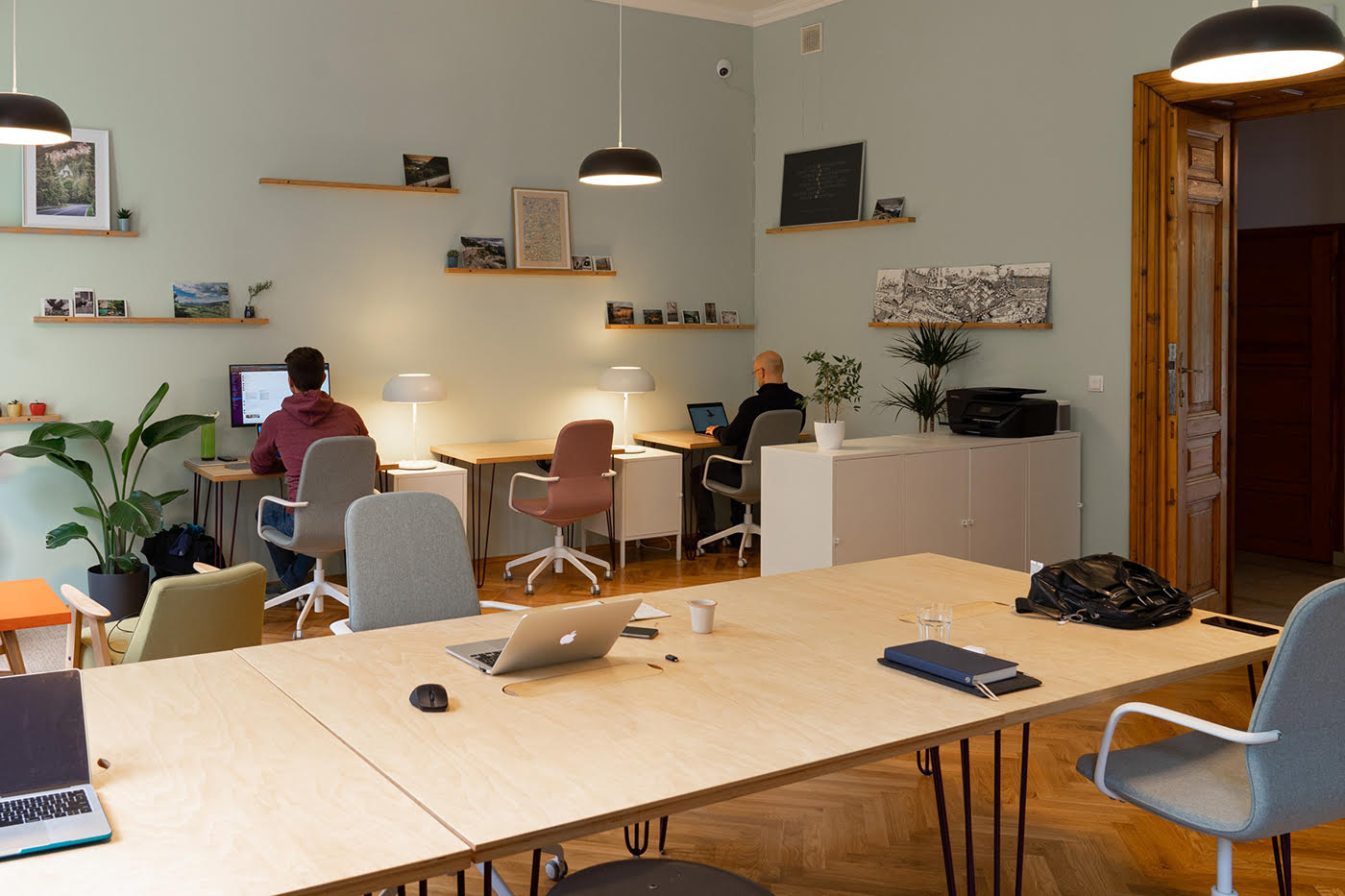In these pandemic times, why is coworking proving so popular?
When COVID first struck, people were advised to work from home. Overnight, offices and central business districts globally became ghost towns.
With coworking memberships typically rolling on a monthly basis, many individuals cancelled their agreements. As a result, those centres predominantly focused on individual memberships struggled, whereas operators with a higher percentage of private offices found themselves in a more secure position.
Working through the pandemic
Over the course of the year, we’ve seen organisations move rapidly from office-based workforces to having the majority of their staff work from home.
Homeworking is nothing new – but it was never wholly embraced before the necessity of the pandemic. Either businesses were concerned that, away from the office, their staff would be less productive or that, with a disparate workforce, their company culture would suffer while homeworkers felt left behind.
Others believed that it simply wasn’t possible for the necessary levels of communication and connectedness to exist if staff weren’t co-located. So it’s been something of a revelation to see just how well organisations have maintained operations, despite most of their staff working remotely.
Certainly, for the first few months of lockdown, working from home was widely seen as a novelty and a welcome change from commuting and the uncertainty of dealing with other people face to face during the pandemic. Productivity also remained high across all sectors.
However, for those with less spacious homes, no suitable place to work, young children to home-school or who shared with others, working from home quickly presented a number of challenges and frustrations, which became exacerbated as the weeks of lockdown turned into months of disruption. Living and working at home, with little or no social interaction, became increasingly monotonous and depressing, and it was these factors that began to affect individuals’ well-being and therefore their efficiency.
It is for some of these very reasons that we are now seeing a surge in coworking memberships, driven by people who need suitable work spaces that are still close to home, but which offer them the space, peace, social interaction and variety they can no longer cope without. In these uncertain times, staff are looking for the safest options in which to work and, if being at home is too difficult, then local coworking spaces for some, appear to be the next best solution.
Coworking – in a pandemic?
If we’re staying at home to avoid meeting people, then surely coworking is counter-intuitive? And isn’t it riskier to sit with a group of strangers every day than to work from home or meet the same colleagues at your office?
There’s no doubt that the safest place to work is at home – but for many people, the monotony and isolation that homeworking entails is giving rise to other issues. What the pandemic has brought to the fore is the importance of our complete well-being, which includes our needs for social interaction, mental stimulation and a healthy, positive mindset – and coworking is able to fulfil these needs while observing social distancing.
To support clients who need to work away from home, whilst providing responsibly run offices, coworking spaces have implemented as many safety measures as they can, which typically include the following:
- Using online booking facilities to restrict numbers and ensure each visitor has a dedicated place to work
- Checking visitors’ temperatures on arrival using non-contact thermometers
- Placing hand sanitiser by entrances and strategically throughout the space
- Ensuring masks are worn when walking through public areas
- Establishing one-way traffic flows, calibrated with 2m distance markers throughout
- Reducing the number of chairs and desks to create appropriately distanced workstations
- Increasing the frequency and thoroughness of cleaning schedules as well as sanitising each workspace as visitors leave
As a result, visiting a coworking centre is probably less risky than visiting the supermarket, and it gives people a safe haven to escape to and be productive.
Location, Location, Location
The one area where social distancing is hard to manage is on public transport, so homeworkers are choosing to visit coworking centres close to their homes. Not only can they avoid a longer commute to the office, but the chances are, they can either walk or cycle to a coworking space in their neighbourhood, thereby reducing potential contact further.
Certainly, we’re seeing this behaviour being reflected in the rise of coworking occupancy nationally; across cities, towns and suburbs. Employees are keeping their travel and working practices local, while enjoying the structure and atmosphere of a safely-spaced communal office.
When it comes to utilising coworking centres, the cost remains an attractive option for the occasional user. Prices, for example outside London, start from around £10 per day, whilst, dependent on the area, in London it’s closer to £25 per day.
Memberships are now available direct with some providers, or via a range of apps which allow full access to a variety of operators.
There is no doubt that coworking is currently proving its worth as a truly flexible and cost-effective option and is clearly going to grow in popularity for SME’s and corporate teams alike, as we move out of the pandemic and now with vaccines being rolled out – It will never be as safe as working from home, but a great alternative if managed responsibly.

